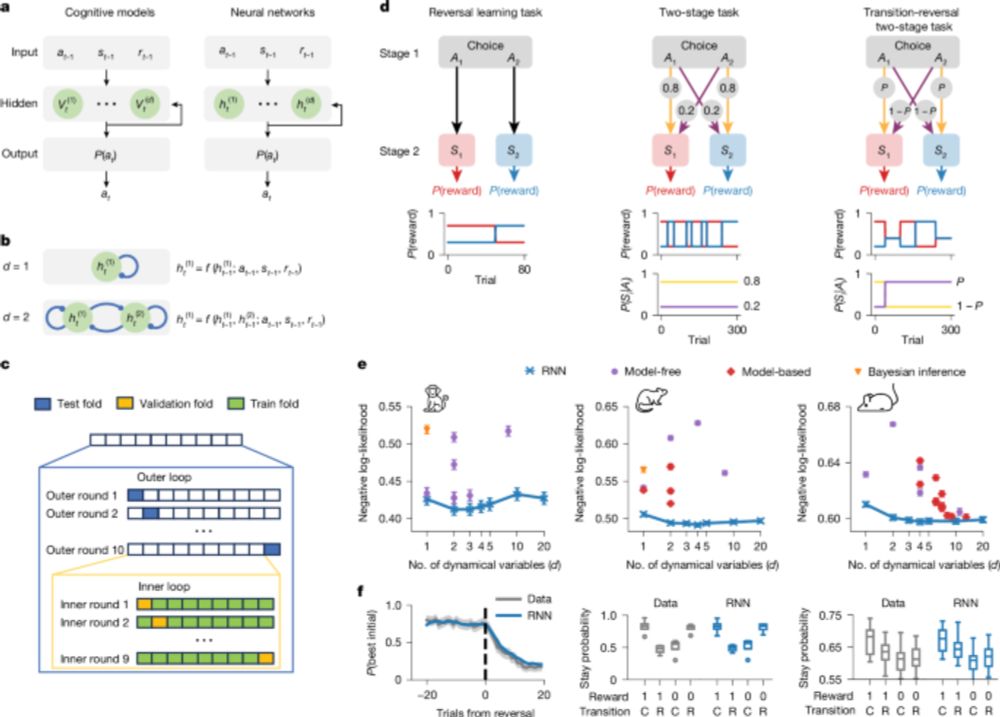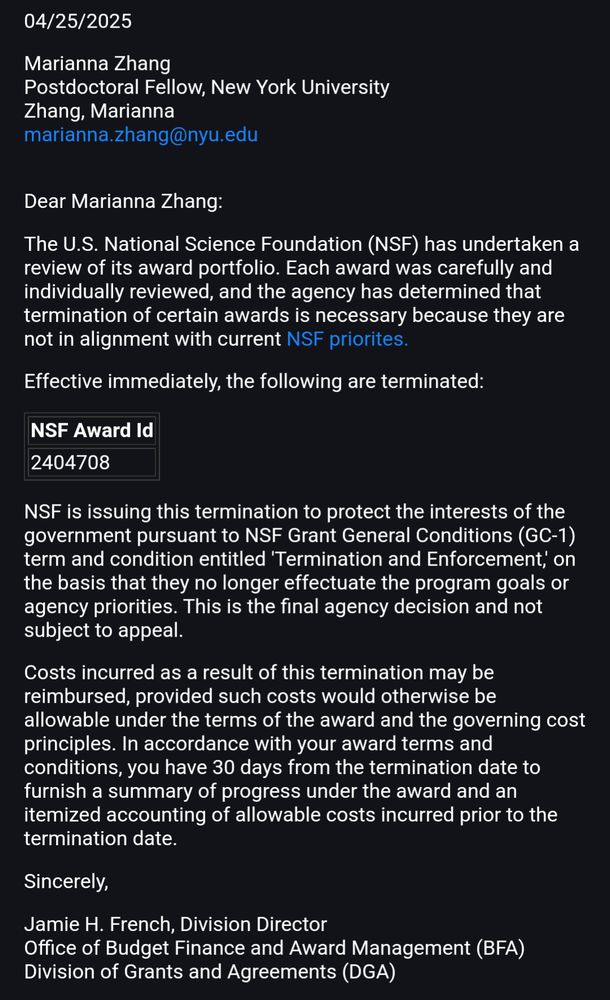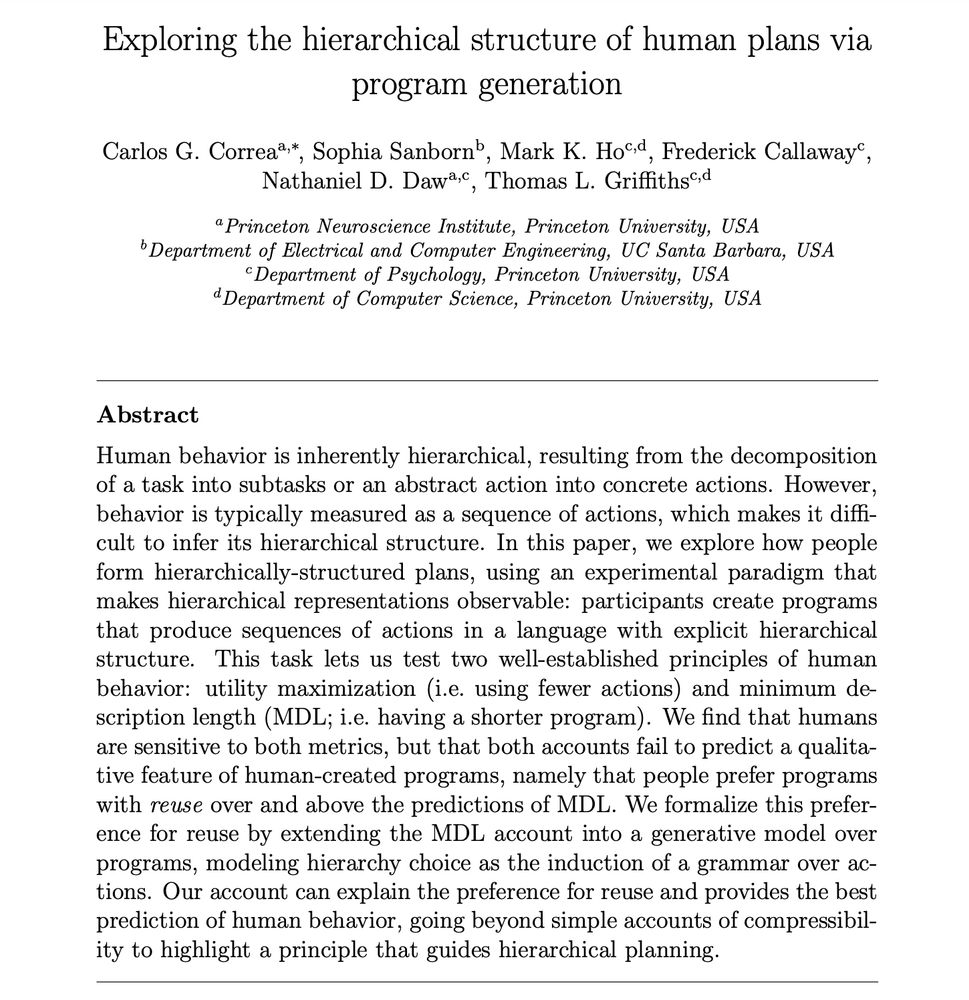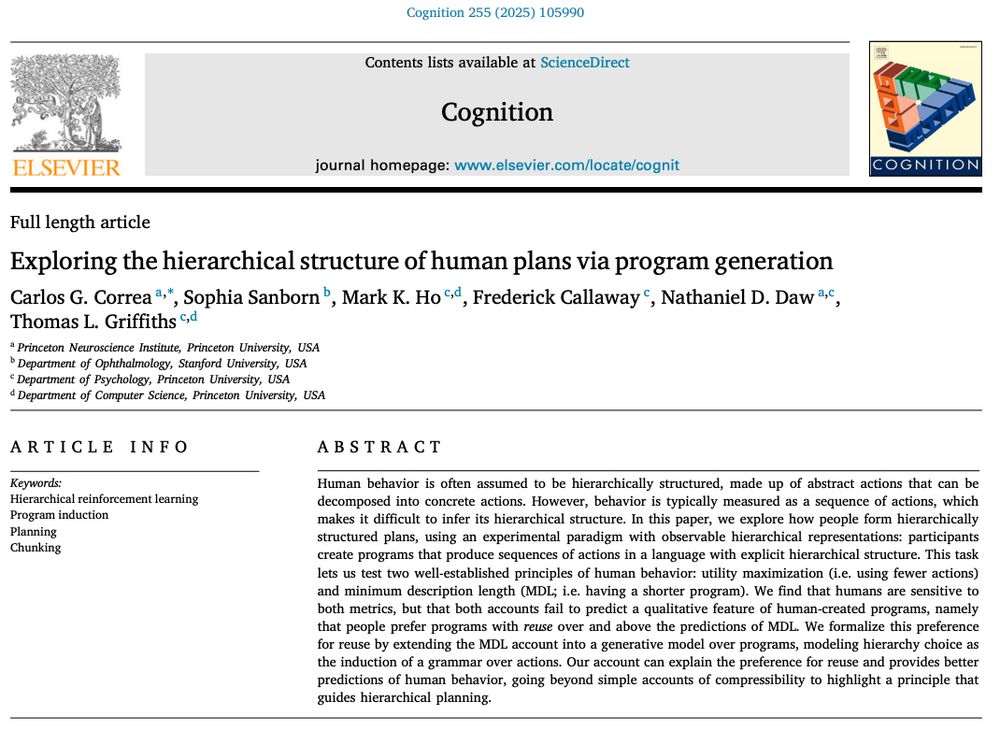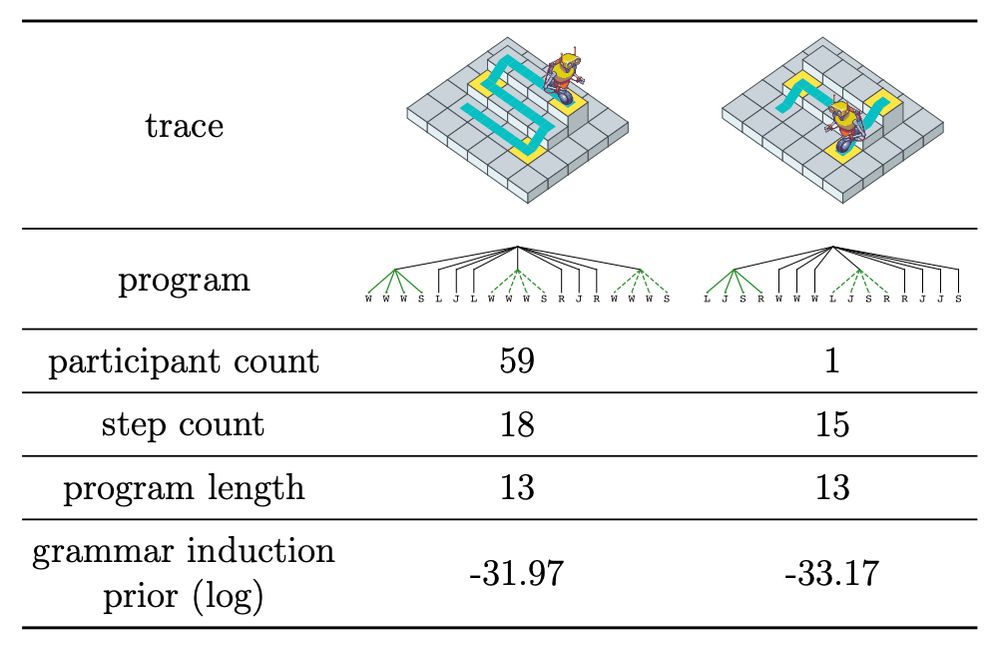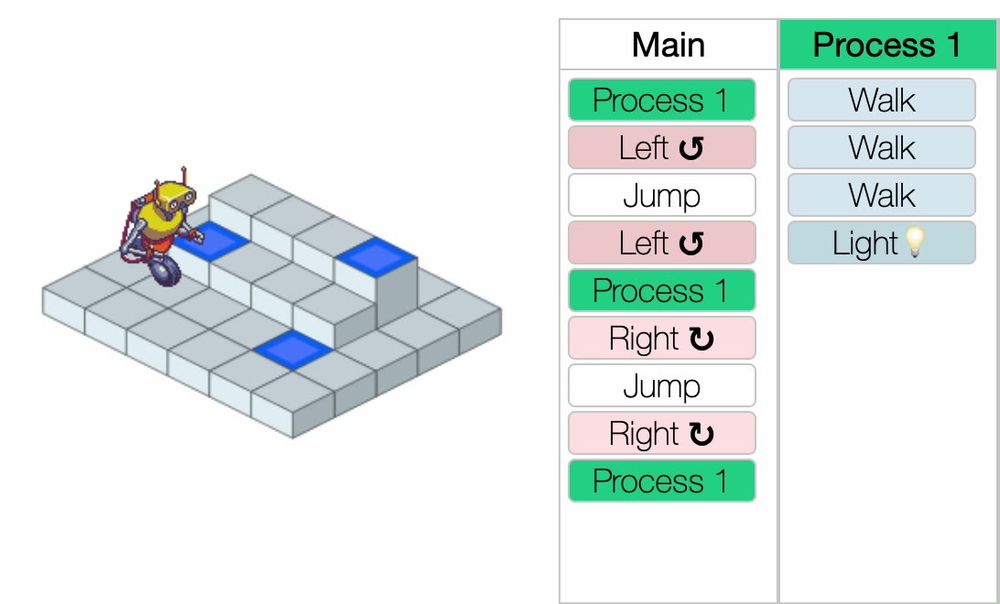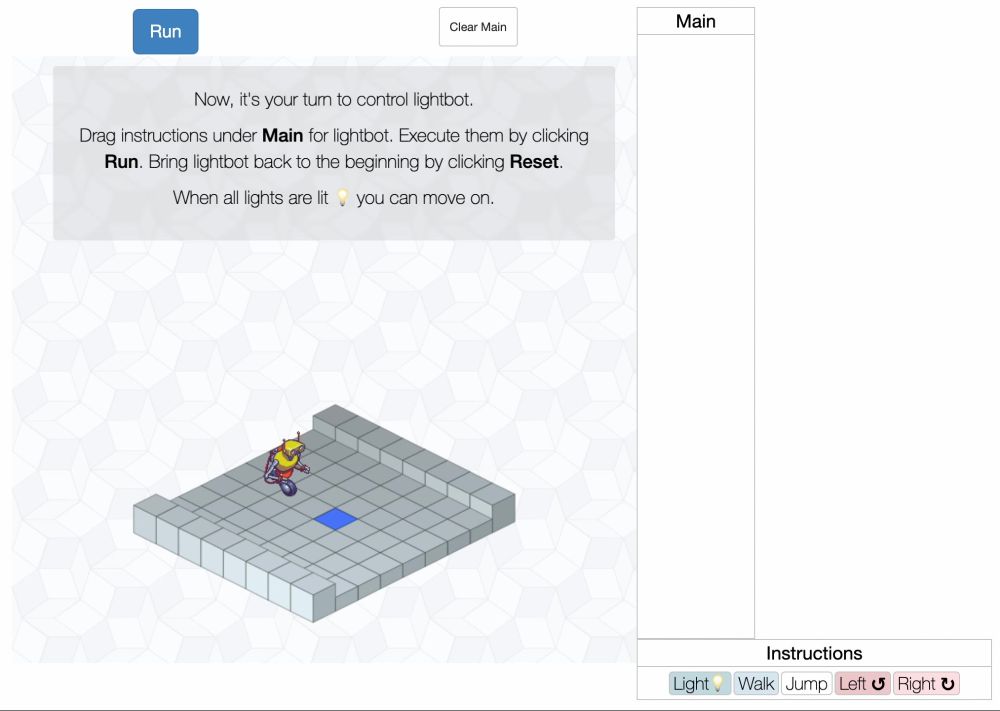Carlos G. Correa
@cgcorrea.bsky.social
730 followers
270 following
12 posts
postdoc with Marcelo Mattar - https://carlos.correa.me/
Posts
Media
Videos
Starter Packs
Reposted by Carlos G. Correa
Reposted by Carlos G. Correa
Reposted by Carlos G. Correa
Sam Gershman
@gershbrain.bsky.social
· Mar 31
Carlos G. Correa
@cgcorrea.bsky.social
· Feb 13
Carlos G. Correa
@cgcorrea.bsky.social
· Feb 13
Carlos G. Correa
@cgcorrea.bsky.social
· Feb 13
Carlos G. Correa
@cgcorrea.bsky.social
· Feb 13
